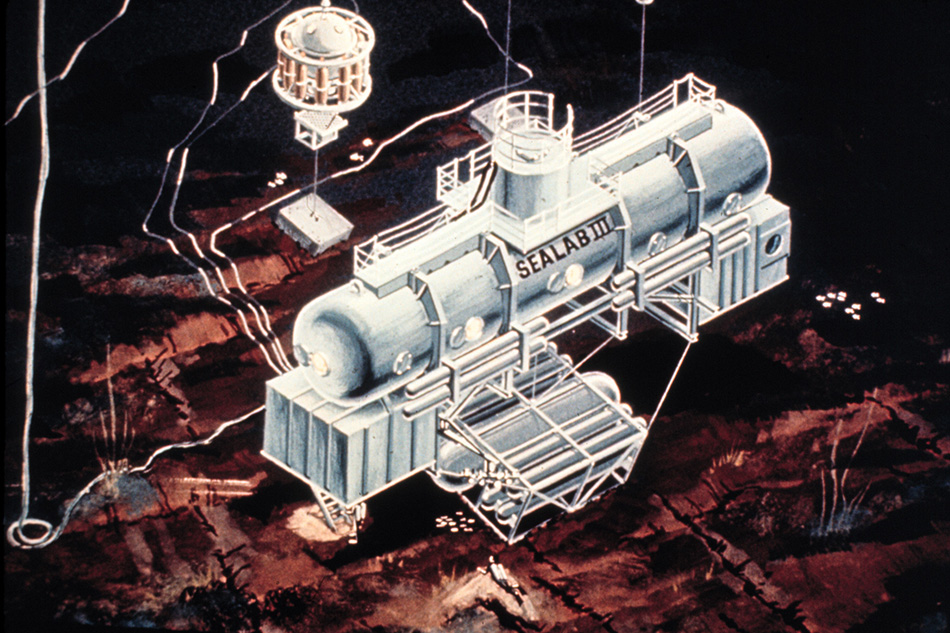CRS Issues a DARPA Overview and Issues Report for Congress
CRS Issues a DARPA Overview and Issues Report for Congress
The Congressional Research Service (CRS) recently issued an Overview and Issues for Congress report regarding the Defense Advanced Research Projects Agency (DARPA). The report addresses concerns from some Members of Congress that the U.S. is losing its positions as world leader of technological innovation, particularly in military applications. The report provides a deep-dive into issues that Congress should consider when discussing the future of the agency, such as appropriate funding levels and technology transfer.
DARPA was founded in 1958 to help the Department of Defense further the development of technologies that help the U.S. maintain its military prowess around the world. The agency is able to invest in risk technologies that may be too risky for the private sector to quickly advance on their own. DARPA aims at developing innovations that dramatically move technology forward, focusing on big, transformative research.
When it comes to funding, the report finds that DARPA funding has been relatively consistent over time. The report explores data that makes a compelling case for increasing DARPA’s funding level in order to address concerns Members of Congress have voiced. “Congress and others have expressed concern that the United States is at risk of losing its technological advantage and have called for increased innovation within DOD to address the narrowing of the United States’ advantage over its adversaries. If
Congress believes that DARPA should play a larger role in ensuring the technological superiority of the U.S. military then it may consider increased funding for the agency.”
Congress recognizes that technology transfer—getting research and development (R&D) out of the lab and into the field—has long been a challenge. This is in part due to the nature of DARPA itself. DARPA is set up to support basic research, applied research, and advanced technology development, and not the further levels of technology maturation that includes advanced component development and prototypes and system development and demonstration. The report points out that DARPA has routinely lacked attention to this matter and encourages Congress to take a closer look at the internal office that is responsible for the agency’s technology transfer programs.
ASME has long been an advocate of DARPA and increased funding levels for federal research agencies.



